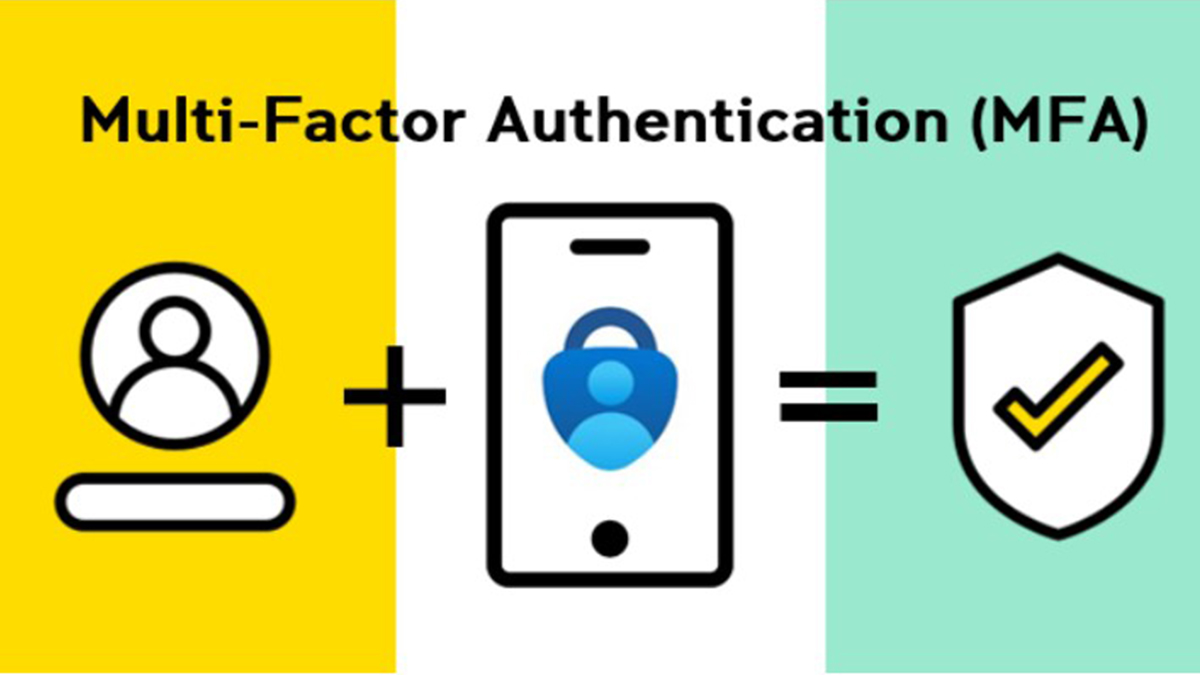Small and Medium Enterprises (SMEs) face an escalating threat from cybercriminals targeting their valuable data. With limited resources for robust cybersecurity, SMEs need effective defence mechanisms. Enter Multi-Factor Authentication (MFA) – a crucial shield against unauthorised access. In this blog, we unravel the significance of MFA in SMEs, shedding light on its technical aspects, benefits, and challenges in implementation.
Understanding Multi-Factor Authentication: MFA, a security protocol demanding multiple forms of identification, counters traditional vulnerabilities. We explore the fusion of knowledge (password), possession (security token or mobile device), and inherence (biometric data) factors, fortifying SME security.
Technical Components of MFA: Knowledge Factor:
- Passwords or PINs as common knowledge factors.
- Emphasising the need for strong, regularly updated passwords.
- Implementation of password policies, including complexity requirements and regular expiration.
Possession Factor:
- Security tokens or authentication apps generating one-time codes.
- Biometric authentication via fingerprints, retina scans, or facial recognition.
- Mobile devices as authentication tools through push notifications or time-based codes.
Inherence Factor:
- Unique biometric data like fingerprints or retina scans.
- Biometric authentication offering heightened security, potentially requiring specialised hardware.
Benefits of MFA for SMEs:
- Enhanced Security:
- Drastically reduces the risk of unauthorised access, even with compromised login credentials.
- Compliance:
- Meets regulatory standards such as GDPR and HIPAA, crucial for handling sensitive information.
- User Accountability:
- Ties authentication to specific individuals, making it harder for malicious activities to go unnoticed.
- Cost-Effective Security:
- Offers a cost-effective security measure compared to potential data breach expenses.
Implementation Challenges and Solutions:
- User Resistance:
- Address initial resistance through comprehensive user training sessions, emphasising the security benefits of MFA.
- Integration Complexity:
- Overcome integration challenges with MFA solutions offering seamless compatibility with common business applications.
- Maintenance and Support:
- Ensure regular maintenance and support for MFA effectiveness, implementing a robust support system and keeping the infrastructure up-to-date.
In the dynamic landscape of cybersecurity threats, SMEs must prioritise Multi-Factor Authentication for safeguarding digital assets. Understanding the technical nuances, reaping the benefits, and tackling implementation challenges empowers SMEs to fortify their defence against cyber threats, ensuring the confidentiality and integrity of sensitive information.



